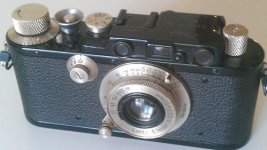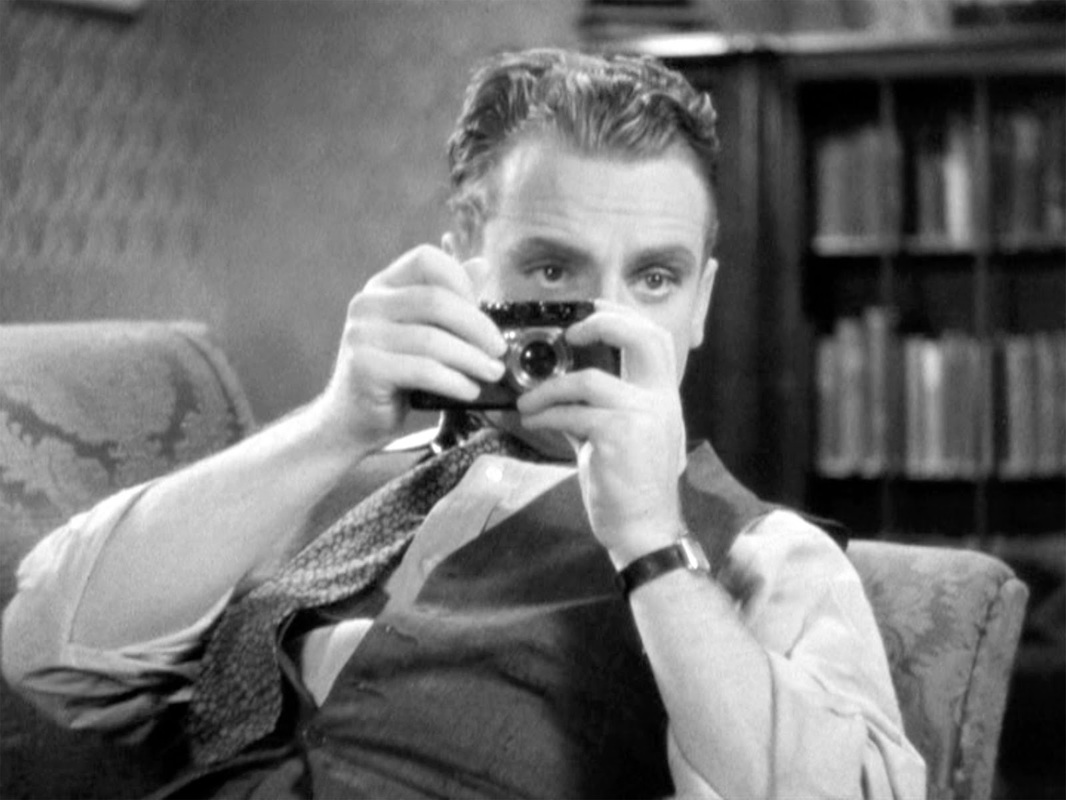And you'll need an exposure meter...
And you'll need an exposure meter...
Well, I still think people need meters; especially if you are new to film and elderly cameras.
I managed without for years but I was using B&W film then and FP3 had a fairly wide latitude and I was doing the corrections to my poor guesses in the darkroom later on, after school.
It was a great leap forwards when I got a meter and an even bigger one when I got it built into the camera. For me the peak was TTL and CW, which is why I love the Leica CL, M6 and M9...
It takes a long time to sort out and learn all the variations that are involved in judging or (at first) guessing the correct exposure and you waste a lot of film doing it, unless you restrict yourself to commonplace everyday photography. Far better in my experience to start with a meter (and a notebook) and RTFM.
Once experience has been gained you can start going without but that's not where you should start. And a few poor/bad experiences might put you off old Leicas and film for ever; to say nothing about the shots you'll be missing while you are learning.
And if people tell you about "sunny 16", you should bear in mind that it should be "sunny 8" in mid-winter and "sunny 11" in autumn and spring*. These factors have been measured carefully since the 1930's and are well established by now although no one seems to know/agree what an "average" subject is...
This is an unpopular view but I'm sticking to it.
Regards, David
* To add to the confusion the early Leica cameras did not have f/16, 11 or 8 as they used the "German" scale and - but unlike modern cameras - they do let you use 200 ASA or ISO film. An old Weston Euro Master meter would cover it all without all the maths.








